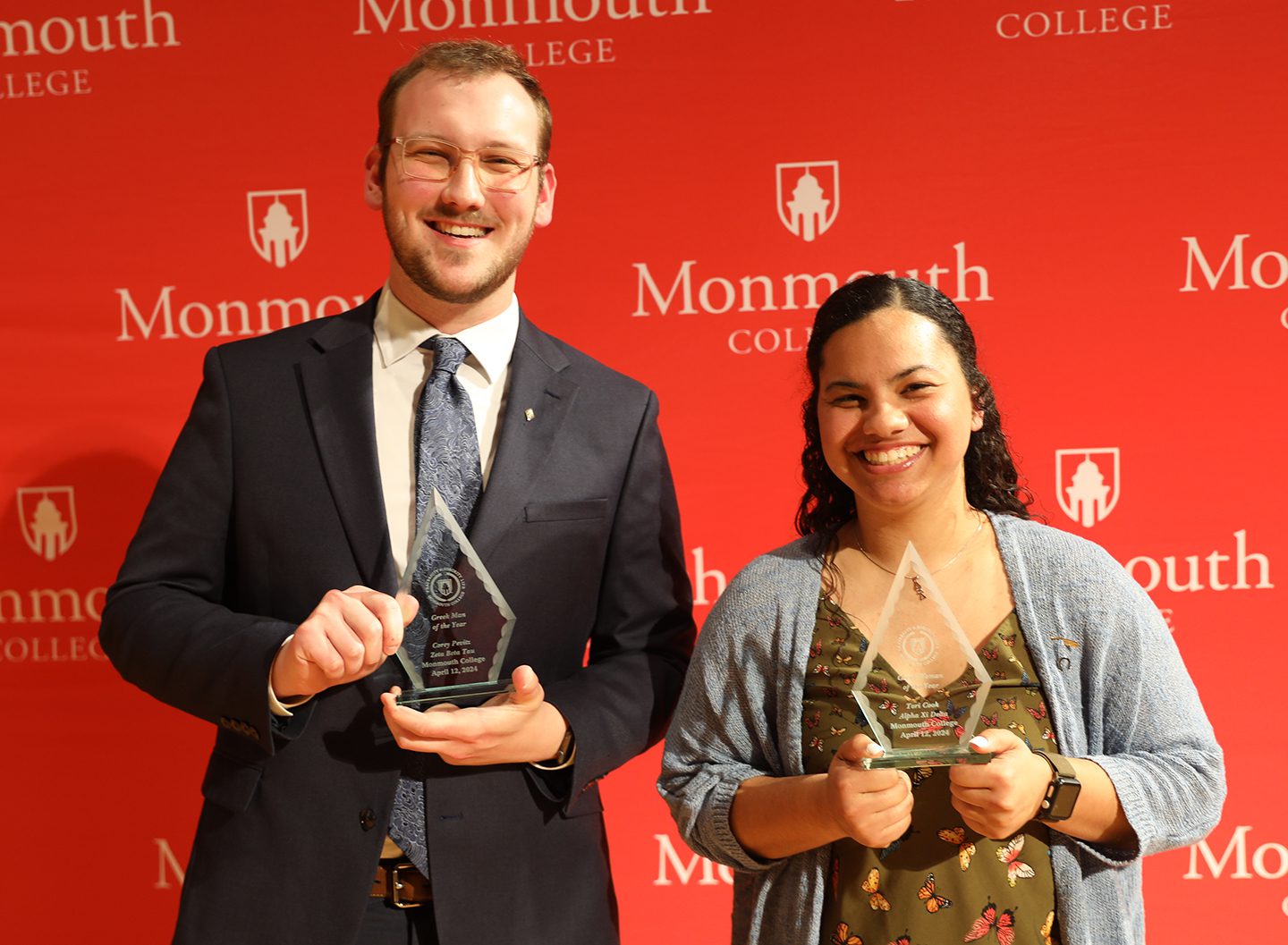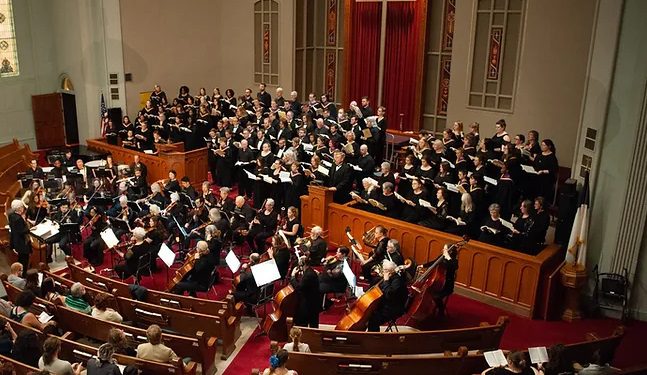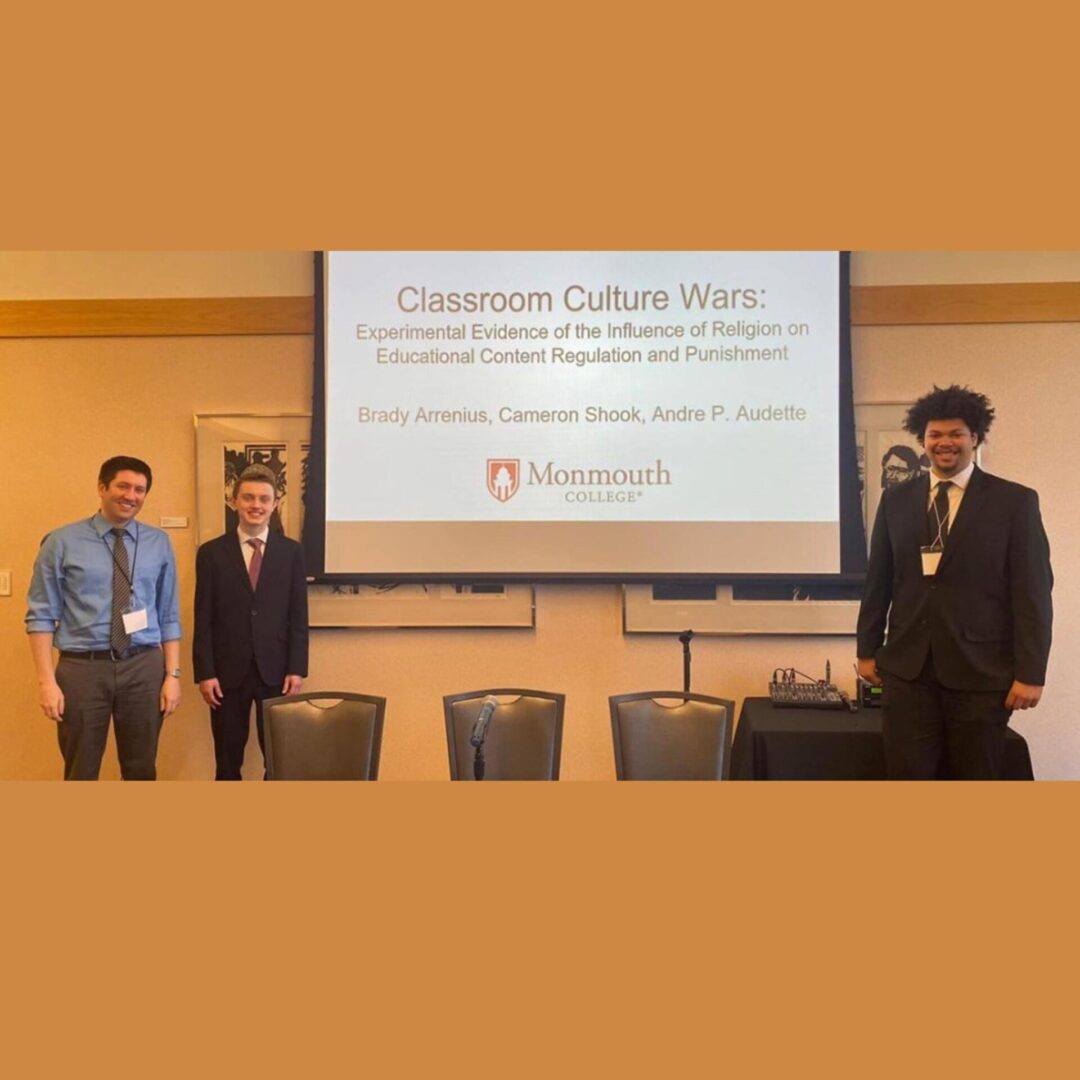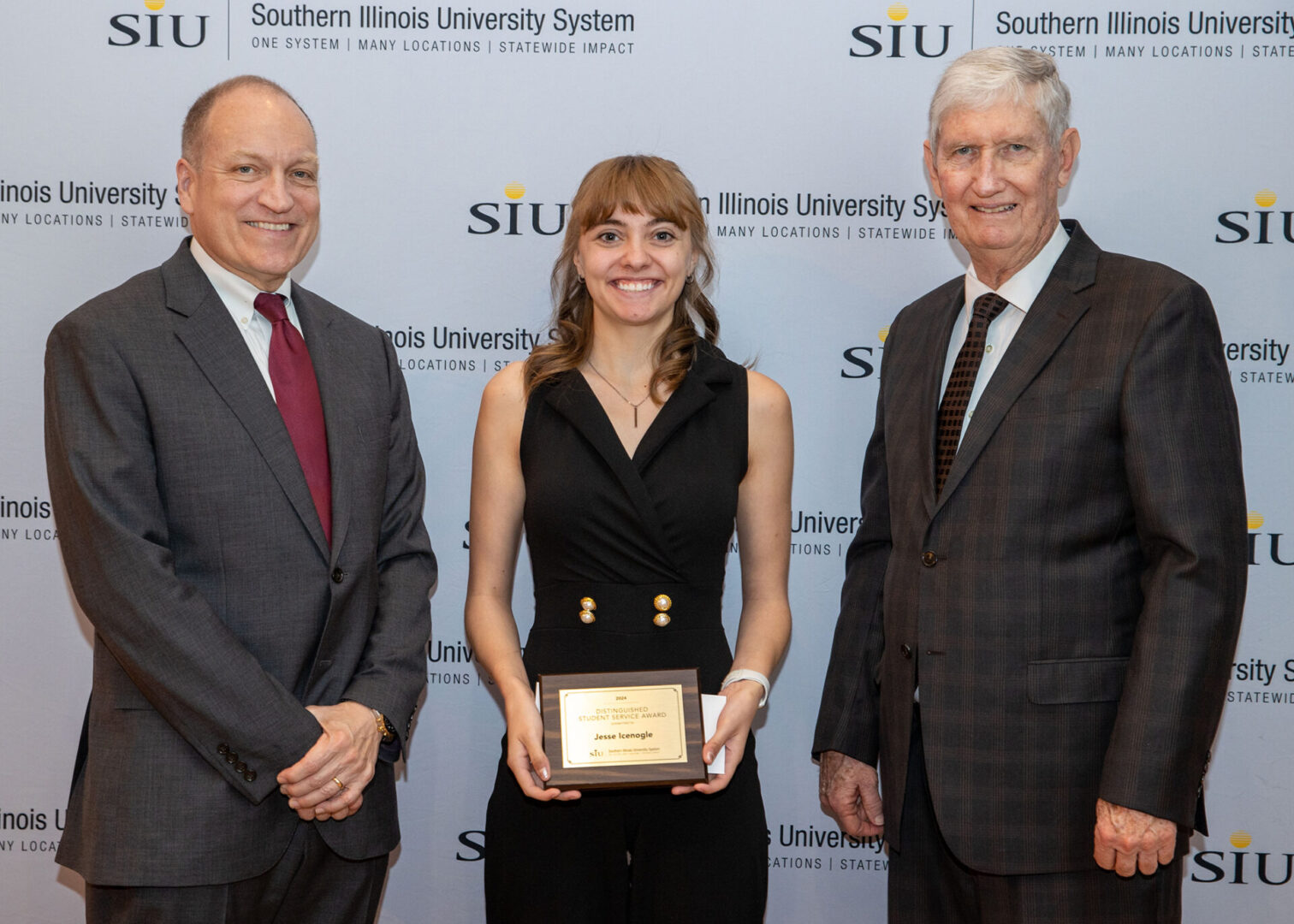NICOLA’S ZOO
Monmouth’s celebrated magician, The Great Nicola, was famous for making an elephant disappear, but less well known is his early business enterprise of importing exotic animals for sale in the United States.
In July 1916, a Monmouth newspaper announced that 33-year-old Will Nicol and his longtime business manager Charles Hugo were preparing to sail to India, where Nicol would demonstrate his newly perfected Hindu rope mystery in front of royalty. The article hinted that while on the trip the partners would also launch a secret new business venture, which was anticipated to be extremely profitable.
That October, a letter written to friends in Monmouth from Hong Kong revealed that Nicola and Hugo were seeking to assemble a complete menagerie of jungle animals for export to zoos and circuses in the United States. Three months later, the Monmouth Atlas reported that Nicola was on his way home via Vancouver with a shipload of animals, including several specimens of the rare blue monkey from Borneo. The monkeys, it was stated, were susceptible to the cold, so Nicola booked them first-class passage in the ship’s cabin.
The five-month trip ended in late January 1917, when the two men arrived in Monmouth with a small portion of their menagerie. It had been a difficult journey, as the Indian animal trainer who was to care for the animals deserted them in Hong Kong, leaving Nicola and Hugo to feed and care for their ark-load of specimens.
Aboard that “ark” were four tigers, two striped hyenas, two kangaroos, six pythons, one black leopard, four regular leopards, two Siberian tigers, 12 Indian bears, a tapir from Borneo, 500 monkeys, five Japanese chene dogs, 200 Chinese nightingales, 200 Java sparrows, 400 Chinese canaries, 20 Mandarin ducks for the U.S. government, two ringneck pheasants, 5,000 goldfish.
The ship was met at the dock in Vancouver by a circus representative who offered to purchase the entire stock. Many of the animals were immediately sold, but four tigers and two hyenas were purchased at St. Paul by Chicago’s Lincoln Park Zoo. The remaining animals were brought to Monmouth, where several hundred curious residents showed up at the “Q” depot to catch a glimpse.
Nicola rented a heated room near the depot to house the menagerie, which included two brown spotted leopards, the black leopard and the tapir—considered at that time to be a rarely seen curiosity. The townspeople were particularly fascinated by the hundreds of monkeys, which Nicola and his partner believed they would have no trouble selling, as they were used regularly in polio research.
One of the trophies from the expedition, which was exhibited at the Home Cigar Store on South Main Street, was the skin of a 26-foot Sumatran python, which had died from a drenching during a typhoon on its way to Hong Kong.
Nicola and Hugo rapidly disposed of many of their animals, but not before a near-disaster in which Nicola lost a bout with one of the spotted leopards. He had gone to the temporary zoo to prepare some monkeys for shipment to Buffalo, N.Y., including a large specimen with long teeth, known as the “man eater.” Reaching into the cage, he grabbed the monkey by the tail, upon which the monkey grabbed Nicola’s thumb by his teeth. Another monkey grabbed the first monkey’s wrist, causing it to let go of Nicola’s thumb.
To deal with an agitated monkey, the recommended procedure was to fling it toward a nearby object, of which it could grab hold. This Nicola did, but without thinking flung it toward the leopard cage, where the leopard became aroused. It reached out and swiped at Nicola, delivering a powerful blow and shredding his pants.
Three nights later, one of the leopards accidentally pushed its tail into the cage of another leopard causing it to bite the tail. The howls and shrieks terrified the keeper, who fled the scene.
Soon, most of the remainder of Nicola’s zoo was purchased by the Milwaukee zoo, whereupon Nicola and Hugo announced their intention to return to the orient to bring back a still larger collection. In the following weeks, they launched an extensive tour of zoos from Minneapolis to Nashville, seeking orders for animals. The demand proved so great that filling the orders would have required two ships. Among the wish list were 20 elephants and eight tigers.
In March 1917, despite mounting worries about German submarines in Pacific waters, Nicola and Hugo left for Vancouver, en route to Japan. Before they left, a local insurance agent sold them a most unusual policy, protecting their ark-load of animals against German torpedoes or detention by British authorities.
In May, Nicola returned to Monmouth, after having survived a harrowing four-day typhoon. It was reported that while steamboat companies usually competed for such cargo to use for ballast, due to the war, he had difficulty securing a ship, and brought only birds and fish back with him—Hugo remaining in China with the larger game. The birds, however, would prove extremely profitable. Since Germany previously had a near monopoly on the export of canaries (a very popular pet at the time), birds that had been selling for $3 were now fetching $12 to $15. Nicola had on board a total of 15,000 canaries and 25,000 goldfish.
Hugo finally arrived home in August, with a huge cargo of animals collected in South China, India, Siam, Sumatra, Java and Borneo. The last of those animals were disposed of by October, but the partners indicated that the wartime shortage of ships meant this would likely be their last shipment. Hugo, who had to secure passage on a freighter, reported that Americans could not comprehend the vast amount of goods he had observed on dozens of wharves awaiting transport to the United States.
Although the war would end the following year, Nicola and Hugo never resumed their animal export business. Nicola returned to magic tours and Hugo, who had begun a side business taking movies of jungle animals in the wild, became one of the nation’s earliest and most successful nature cinematographers.
But Nicola never quite gave up his fascination with wild animals, as months later he continued to maintain a small menagerie near the “Q” depot. In July 1918, the Atlas reported that Nicola and several volunteers went down to his “zoo” to clip the claws of a tiger. It took several men to hold the tiger on the floor, while Nicola did the trimming.














